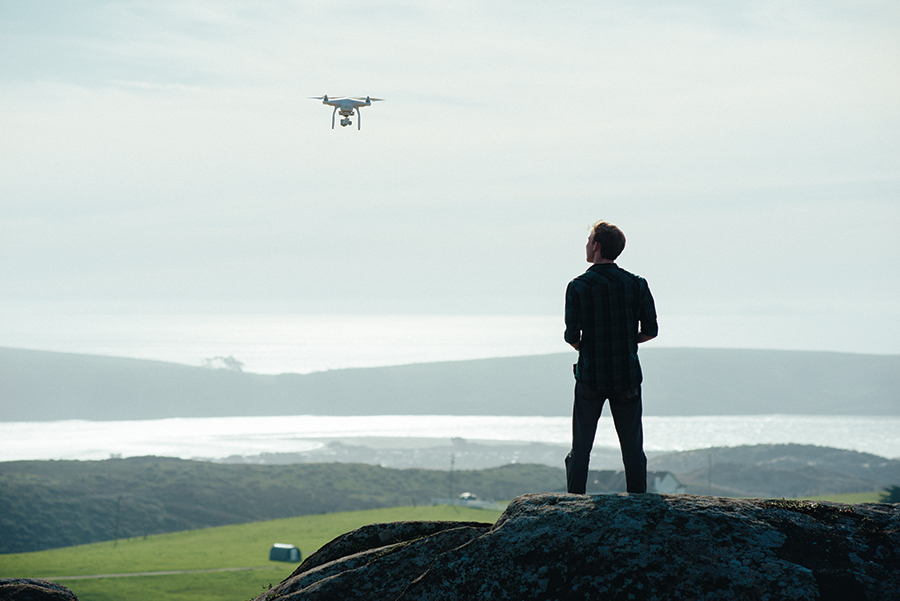A group of residents disturbed by the growing use of drones has called for West Marin to become a “no drone zone,” after incidents . . .
Drone use in Stinson spurs opposition group


A group of residents disturbed by the growing use of drones has called for West Marin to become a “no drone zone,” after incidents . . .